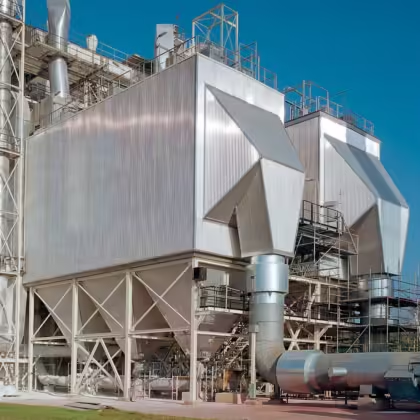Bioscrubber
A bioscrubber is an air pollution control device that uses microorganisms to remove VOCs, odors, and pollutants from industrial air.
Key Points:
Function: Contaminated air passes through a biofilter where microorganisms degrade pollutants.
Components: Includes a bioreactor, microorganisms, and nutrient solutions.
Applications: Used in industries, wastewater treatment, landfills, and agriculture.
Advantages: Eco-friendly, low maintenance, energy-efficient.
Disadvantages: Sensitive to temperature/humidity, works best for specific pollutants.
A bioscrubber is an environmental technology used for air pollution control. It utilizes microorganisms to remove volatile organic compounds (VOCs), odors, and other contaminants from industrial exhaust gases or air streams.
Key Points about Bioscrubbers:
1. Working Principle:
– The contaminated air is passed through a biofilter or bioreactor filled with a moist packing material, providing a surface for the growth of microorganisms.
– These microorganisms degrade the pollutants biologically, converting them into harmless by-products like water, carbon dioxide, and other natural substances.
2. Components:
– Gas Distribution System: Ensures even distribution of polluted air through the biofilter.
– Bioreactor or Biofilter: A chamber filled with a medium that supports microbial growth.
– Microorganisms: Bacteria, fungi, or algae that break down contaminants.
– Water or Nutrient Solution: Provides moisture and nutrients to sustain microbial activity.














